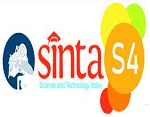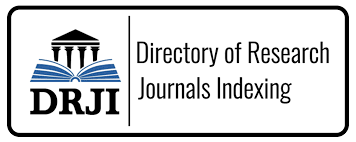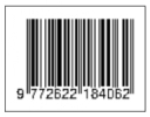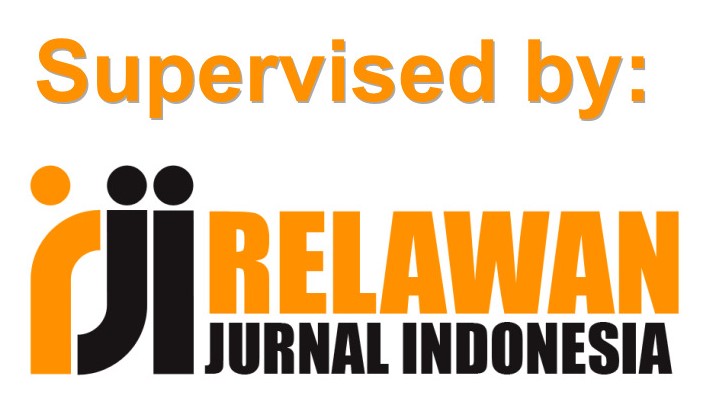ANALISIS LAPORAN KEUANGAN PADA PD MIE BERKAH PALEMBANG
DOI:
https://doi.org/10.31851/jmwe.v14i1.1569Abstract
The title of this final report is Financial Report Analysis at PD Mie Berkah Palembang. The company is a company that produces noodles for chicken noodle. PD Mie Berkah Palembang located at Jalan Social No. 323 Km. 5 Palembang. In writing the final report data author get by observation and literature. Based on the data obtained by the author of the company there are two problems in managing financial resources. By calculating the solvency ratio (Debt to Asset Ratio, Debt to Equity Ratio and Long Term Debt to Equity Ratio). The calculating Debt to Asset Ratio Since 2011-2015 average is 12,77%, Debt to Equity Ratio since 2011-2015 average is 7,22%, and Long Term Debt to Equity Ratio average is 6,21%. And profitability ratios (Gross Profit Margin, Net Profit Margin, Return on Investment and Return On Equity). The Calculating Gross Profit margin since 201-2015 average is 59,68%, Net Profit Margin since 2011-2015 average is 40,22%, Return On Investmen since 2011-2015 average is 27,36%, Return On Equity average is 41,11%. In writing this time the author find several problems in financial management, such as the fluctuation of earnings in Mie PD Berkah Palembang and amount of expenses to be paid by the PD Mie Berkah Palembang. The author has give suggestions for PD Mie Berkah Palembang company should reduce operating expenses to be paid in order to increasing the capital of its own to increase the ratio of profitablitias and PD Mie Berkah Palembang should retain earnings and profits of companies acquired in order to better profit the company needs to be improved.
Â
Keyword: Solvency Ratio and Profitability RatioDownloads
Published
Issue
Section
License
The copyright of the received article shall be assigned to the publisher of the journal licensed under a Creative Commons Attribution-NonCommercial 4.0 International License in line with the license, authors and any users (readers and other researchers) are allowed to share and adapt the material only for non-commercial purposes. In addition, the material must be given appropriate credit, provided with a link to the license, and indicated if changes were made. If authors remix, transform or build upon the material, authors must distribute their contributions under the same license as the original.






















